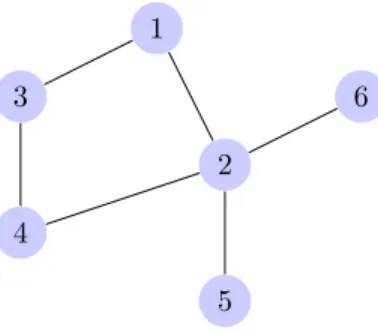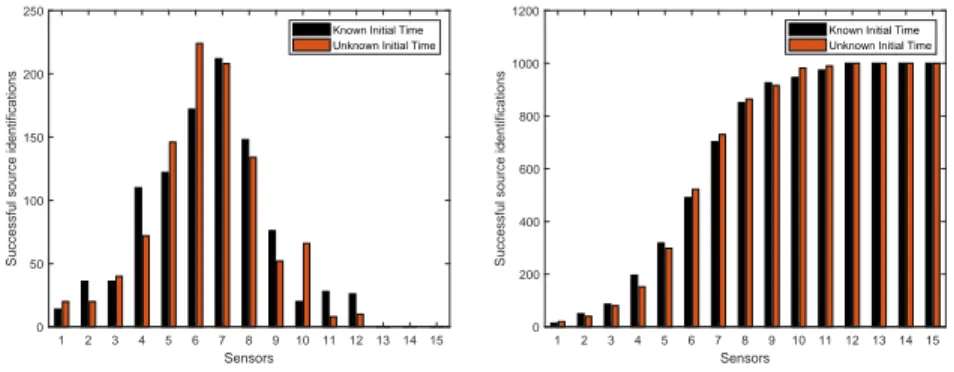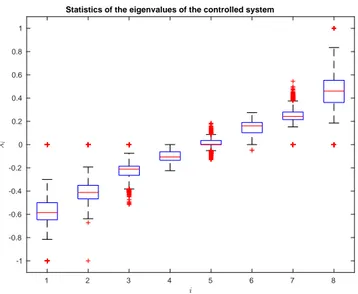A Microscopic-view Infection Model based on Linear Systems
Texto
Imagem




Documentos relacionados
A primeira passa pelo que designamos “Macroeconomia Benevolente” de finais dos anos 90: redução das taxas de juro de referência atingindo mínimos históricos, o
The iterative methods: Jacobi, Gauss-Seidel and SOR methods were incorporated into the acceleration scheme (Chebyshev extrapolation, Residual smoothing, Accelerated
The probability of attending school four our group of interest in this region increased by 6.5 percentage points after the expansion of the Bolsa Família program in 2007 and
The three dimensional model used finite solid elements, with eight nodes and three degrees of freedom in each node (translations). The dimension of the mesh was defined based
The node degree for tuberculosis + HIV infection was higher than were those for tuberculosis + any other disease, whereas the node degree for tuberculosis + pulmonary edema was
For example, route discovery process includes sequence of actions like (1) The source node delivers an initial Route Request; (2) Each node (except for the
Power demand of the mixer’s drive reveals the mixer’s operating characteristics and reliable monitoring of the mixing processes involving the evaluation of power consumption
Tidal analysis of 29-days time series of elevations and currents for each grid point generated corange and cophase lines as well as the correspondent axes of the current ellipses
